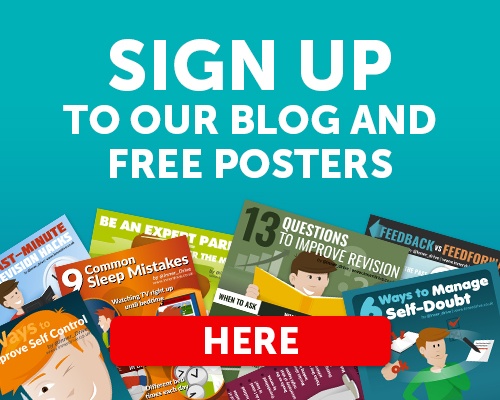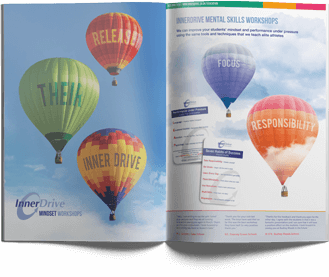Correlation and causation: two concepts that can be easy to misinterpret whilst engaging with Cognitive Science research. However, these terms are not just statistical jargon and understanding how they differ can help you make sense of educational research and the impact its findings can have in your classroom.
We recently had the opportunity to interview Professor Camilla Gilmore on this very topic as a part of our Expert Insight series on our Teacher CPD Academy. So, here’s what we learnt from Professor Gilmore – and what it means for educators who want to start engaging with research…
The difference between correlation and causation
What is correlation?
Correlation is a statistical measure that describes an association between an action (A) and another action (B). The crucial thing to remember about correlated variables is that directly changing one doesn’t lead to a change in the other.
What is causation?
Causation, on the other hand, signifies that a change in variable A will result in a change in variable B. In other words, there is a causal relationship – not just an association.
The difference between the two
Professor Gilmore provided us with a helpful example to illustrate the difference between causation and correlation. She explains that “children’s shoe size and their vocabulary size are really strongly correlated. But you’re not going to try and teach them language by changing the size of their shoes. Their age is the factor that is causing both of those.”
In this example, children’s shoe size and vocabulary share a correlation, whereas each variable shares a causation with children’s age.
Unearthing the third variable: The confounding variable
Understanding the relationship between two correlated (or associated) variables often requires considering a third variable known as a confounding variable.
As Professor Gilmore describes, “often there will be something else which hasn’t been measured in that study that will be causing both of them, and so that’s why they’re related to each other." This hidden factor can influence both variables, leading to their observed correlation. Properly identifying and controlling for these confounding variables is crucial to accurate research interpretations and conclusions.
How teachers can use this knowledge
Understanding these concepts can help you better interpret data and make informed decisions about how you apply them to your practice. Here are some strategies to keep in mind when engaging with edu research:
- Scrutinise research claims
Be sceptical of claims that imply causation without robust evidence. Professor Gilmore suggests we remember that "things can be really closely associated with each other but changing one … is not going to change the other".
- Think critically
When engaging with research, it is important to be a critical reader who questions the relationships between variables and considers the influence of potential third variables.
- Apply correlational and causal results differently
Before trying to apply new methods that you have discovered from research studies, take a moment to pause and consider whether the relationship between factors is correlational or causal.
To illustrate, let’s say that a study finds that using Retrieval Practice as a method of revision “causes” students’ grades to improve. In this situation, you can suggest trying Retrieval Practice whilst studying to your students with greater confidence than if the results were correlational.
Likewise, if a study finds that playing chess lots is correlated with good memory, then you still may want to encourage chess playing in your students (because it is an awesome game), but not because you believe doing so will equate to their memory skills improving.
Final thoughts
Distinguishing between correlation and causation is integral to engaging with the results of research studies. Understanding the difference can help us scrutinise research claims and become critical thinkers, which can help us make better-informed decisions when developing teaching strategies based on research.
Thanks again to Professor Gilmore for sharing her expertise with us as part of the Teacher CPD Academy’s Becoming Evidence-Informed module. Do you want your staff to learn more from her and an all-star line-up of experts as part of your in-house professional development? Join the Teacher CPD Academy.







